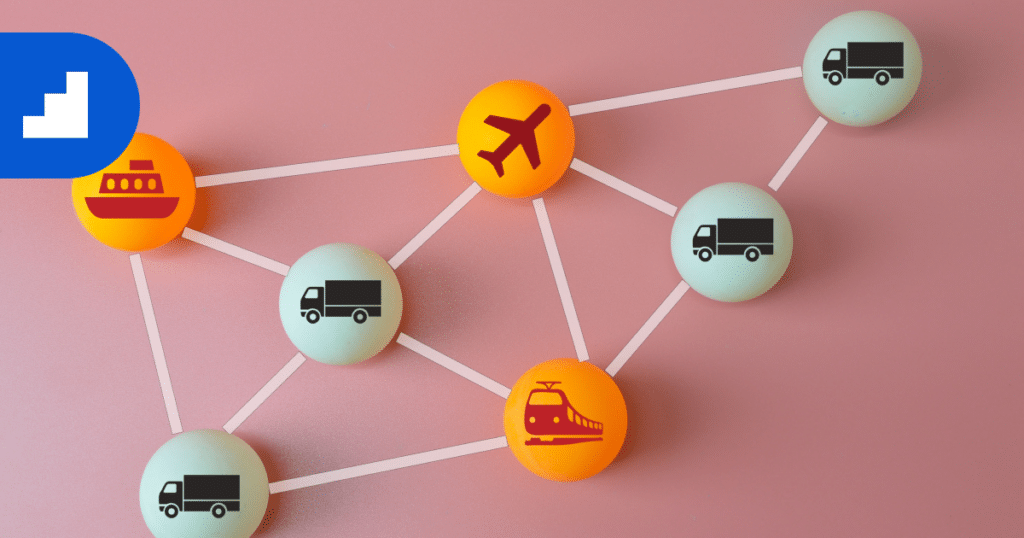
Businesses play a crucial role in global sustainability. Besides being influential in policy making, organizations also contribute to the sustainability equation through their carbon footprint. In recent years, the mainstreaming of remote work culture has significantly minimized companies’ carbon emissions. But many business processes, from transporting goods and packaging them, still produce significant carbon emissions. In fact, transportation and industrial applications account for two-thirds of greenhouse gas emissions in the United States. These figures make it clear that organizations adopting eco-friendly practices in their supply chains will have a powerful impact on sustainability efforts. This article explores various strategies that businesses can use to minimize their carbon footprint in their supply chains.
Assess your supply chain’s carbon footprint
A thorough assessment of your organization’s carbon footprint, especially in your supply chain, is the best place to start. Transportation, packaging, and energy consumption are three areas worth checking. A carbon-footprint analysis of your supply chain will help you identify the top sources of carbon emissions and guide you in developing an action plan to reduce them.
Set clear targets
When making an action plan, it is important to have clear and achievable goals. Sustainability goals will not only tell you where to start but will also serve as benchmarks for measuring your progress. After reviewing your emission-generating practices, you can determine your short-term and long-term goals. For example: one of your short-term goals can be to maximize the use of space in your shipping containers, and one of your long-term goals can be using green energy in your warehouses. Returning to these goals regularly will be helpful for keeping you on track, especially when the benefits of going green are hard to observe on a daily basis.
Review and revamp your logistics
Switching to electric or hybrid vehicles is one way to achieve sustainable transportation. If your company outsources logistics, you can encourage your suppliers to use energy-efficient vehicles or seek out suppliers who already do. Opting to repair your vehicles rather than replace them is also a good choice for the environment (assuming the older model is compliant with emissions standards).
If these changes are not attainable for you at the moment, there are still plenty of ways to reduce carbon emissions in the logistics department. For instance, you can work with fewer suppliers, or opt for local suppliers to limit transportation as much as possible. You can also review your delivery scheduling and order more stock in one go to receive less frequent deliveries. Any effort to streamline transportation will curtail one of the biggest sources of emissions in the supply chain.
Invest in reverse logistics
Implementing a reverse-logistics system is a sound practice in sustainability. Reverse logistics involves managing the return of goods from the customer to the supplier or manufacturer. A reverse-logistics strategy helps reduce waste and carbon emissions when returned goods can be reused, refurbished, or remanufactured instead of thrown away. As an example, Endy Mattresses, if returned, are donated directly to charities for ongoing use.
Work with sustainable suppliers
Reducing the carbon footprint of your business is undoubtedly a team effort, from encouraging your employees to reuse and recycle to working with sustainable suppliers. Evaluate which of your suppliers are making an effort to reduce their carbon footprint, and consider cutting ties with suppliers who are resistant to change. Choosing to deal exclusively with suppliers with green initiatives is likely to put pressure on other suppliers who are not yet prioritizing sustainability but want to do business with you. In the long run, this may incite change not just in your supply chain but in the industry as a whole.
The Bottom Line: Invest in a greener supply chain today
A green supply chain helps you cut down costs, manage your resources more efficiently, and establish a better relationship with your customers, who are your partners in sustainability. Start by reviewing your carbon footprint and setting clear goals. Revamp your logistics and packaging. Actively choose like-minded suppliers and invest in reverse logistics. Last but not least, be transparent and honest about your supply chain sustainability efforts to avoid greenwashing.
Transforming your business into a sustainable empire can be an overwhelming task. Fortunately, the business strategy experts at Cansulta have consulting solutions for operations. They can help you find sustainable vendors or suppliers and adapt to other ESG trends.
Many companies are taking steps to better their communities and the world at large through business sustainability practices and ESG strategy.
Is your business working to reduce it’s carbon footprint and implement sustainable practices throughout business operations? Connect with one of our ESG consultants to discuss how an ESG Strategy consultant can help your business maximize its impact in sustainability.
